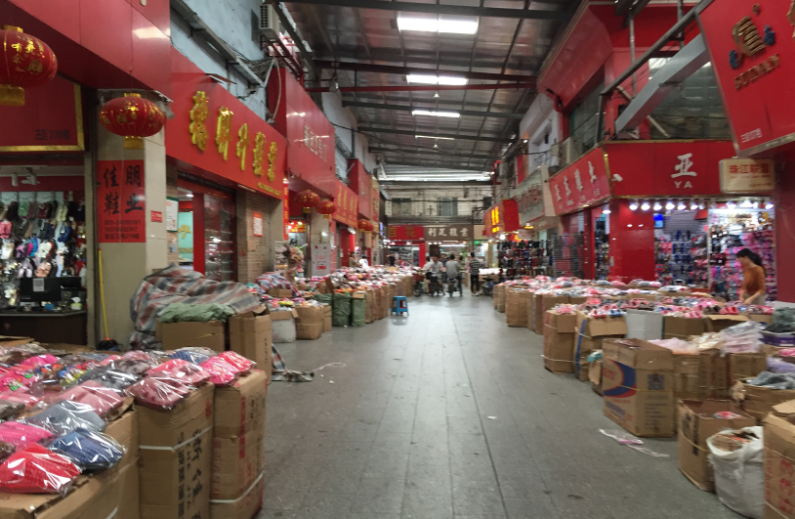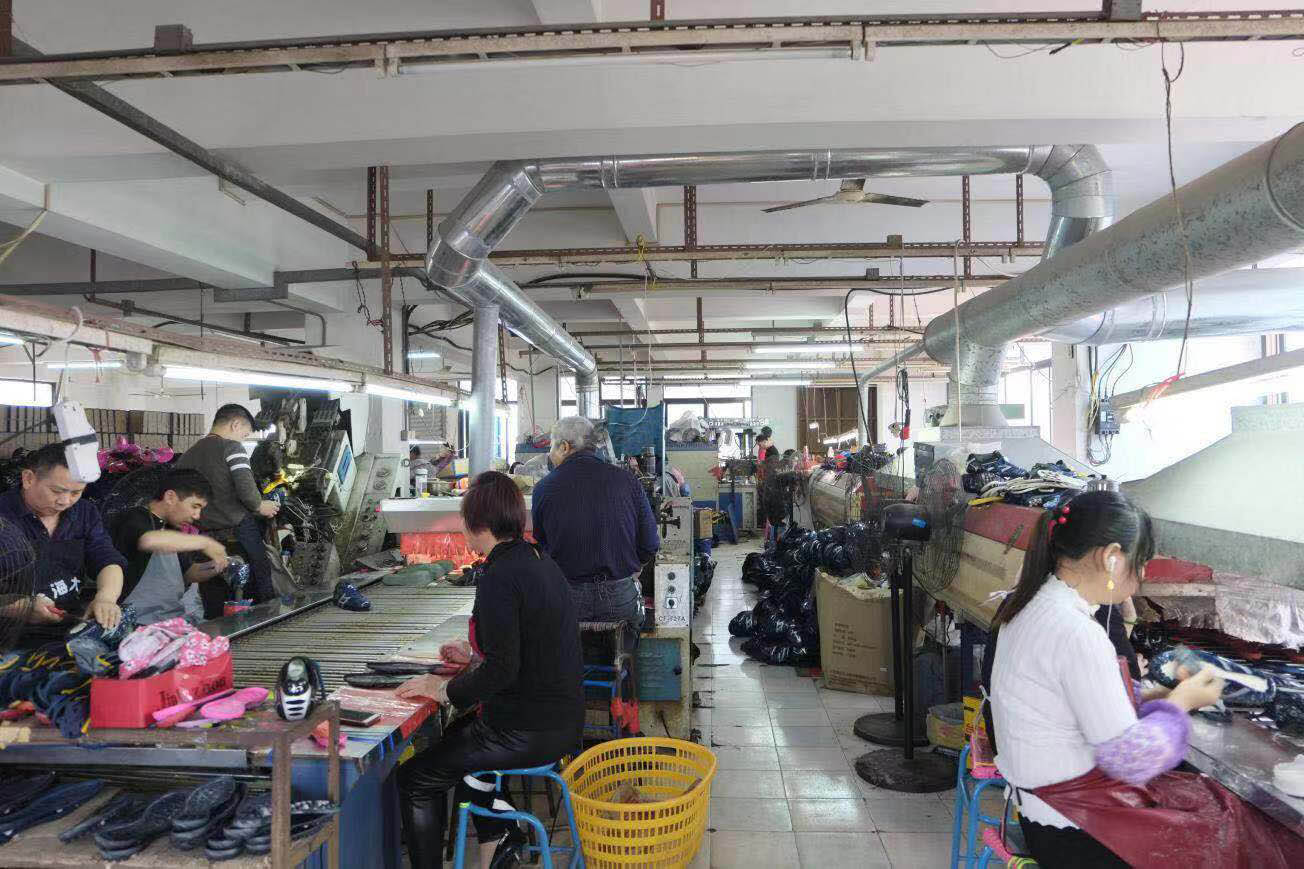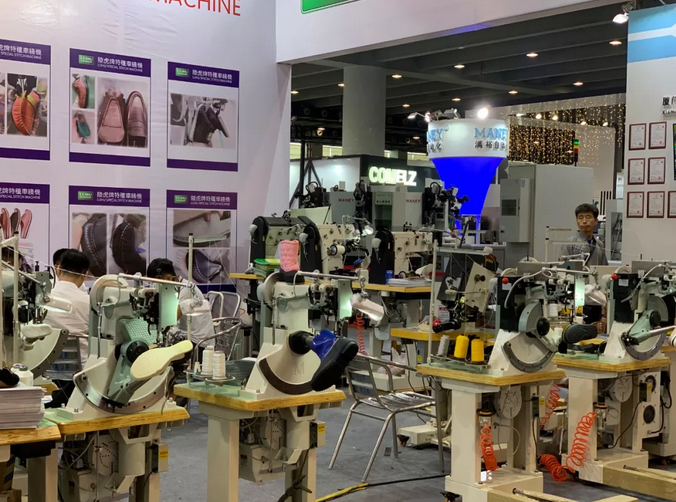When speaking of shoe manufacturers, it usually conjures up the image of a single factory being responsible for shoes manufacturing process from start to finish. However, the truth behind it is actually innumerable factories are behind the primary assembly facility to bring a pair of footwear into life.
Why are there so many factories involved in the supply chain to make a pair of shoes? It seems mind blowing but the fact is sometimes as many as twenty factories are contributing to one model of shoes. You might wonder why not have everything done under one roof? Indisputably consolidation does make our life more convenient as it offers a one-stop shop where you can get everything done without the hassles of moving around, however, it’s not always the optimal way to get things done especially in the footwear industry with a number of complicated and tedious processes involved.
Footwear is such a complicated product, requiring a whopping variety of raw materials, components, molds, equipment and processes that it’s more efficient and cost effective to partner with various specialized factories than getting all equipment and raw materials ready under one roof. Another downside is as any business needs to hire employers with dedicated skills and expertise, it costs an arm and a leg for a shoes wholesale manufacturer to bring different factories together to create individual parts of a shoe.
In all, your China footwear factory is more exactly an assembly center where parts and components outsourced from downstream suppliers are assembled, completed and packed. Your shoes manufacturer will also have to work with following supporting factories and vendors.
* Raw material factories specializing in cotton, wool, rubbers, cements, etc, as well as being equipped with appropriate chemists and labs for formulating materials
* Tanneries and leather treatment factories
* Textile mills and weavers
* Embroidery factories
* Printing factories
Most factories in China tend to outsource the printing and embroidery part to service providers nearby, as in every industry park you can easily find service providers catering to the primary factories in the neighborhood.
* Other component suppliers for everything from ribbon and tapes to shoelace eaglets
* Factories to develop specialty materials and carry out treatments like fabric backing, bonded materials, nano coating, thermal plastic and laminates, antimicrobial treatments, etc
* Mold makers to create molds for insole, mid-sole and out-sole, hardware molds, custom fixtures for lasting and pressing, etc
* Laser cutting, etching facilities
* Last factories
* Machinery manufacturers and maintenance companies
Check whether the machinery in the primary factory is regularly maintained as most factories tend to ignore it, in worst case, it can lead to unconform specification.
* Packaging factories for labels, tags, dust bags, shoe-boxes, cartons, etc
* Labs and testing facilities to check quality of components and finished products
For example, if you’re exporting footwear to Europe from China it’s imperative to make sure the shoes comply with Europe’s extensive legislation on chemicals.
The list continues, and it’s ever-evolving with new technology being invented from time to time every year. To keep up with latest technology and trends, an effective way is to attend shoes trade fair. Check our recent visit to a China shoes trade fair.
For start ups, the long list might sound daunting and challenging to take on. From the various complicated processes that are unique to shoes manufacturing industry to the touch challenges of working through language, cultural and geographic barriers of sourcing the right China shoes manufacturer, prototyping, carrying out quality inspection and shipping. That’s why it’s vital to work with a qualified international team with enriching experience in shoes supply chain management, shoes manufacturing in China and international logistic.



Nike shoes only